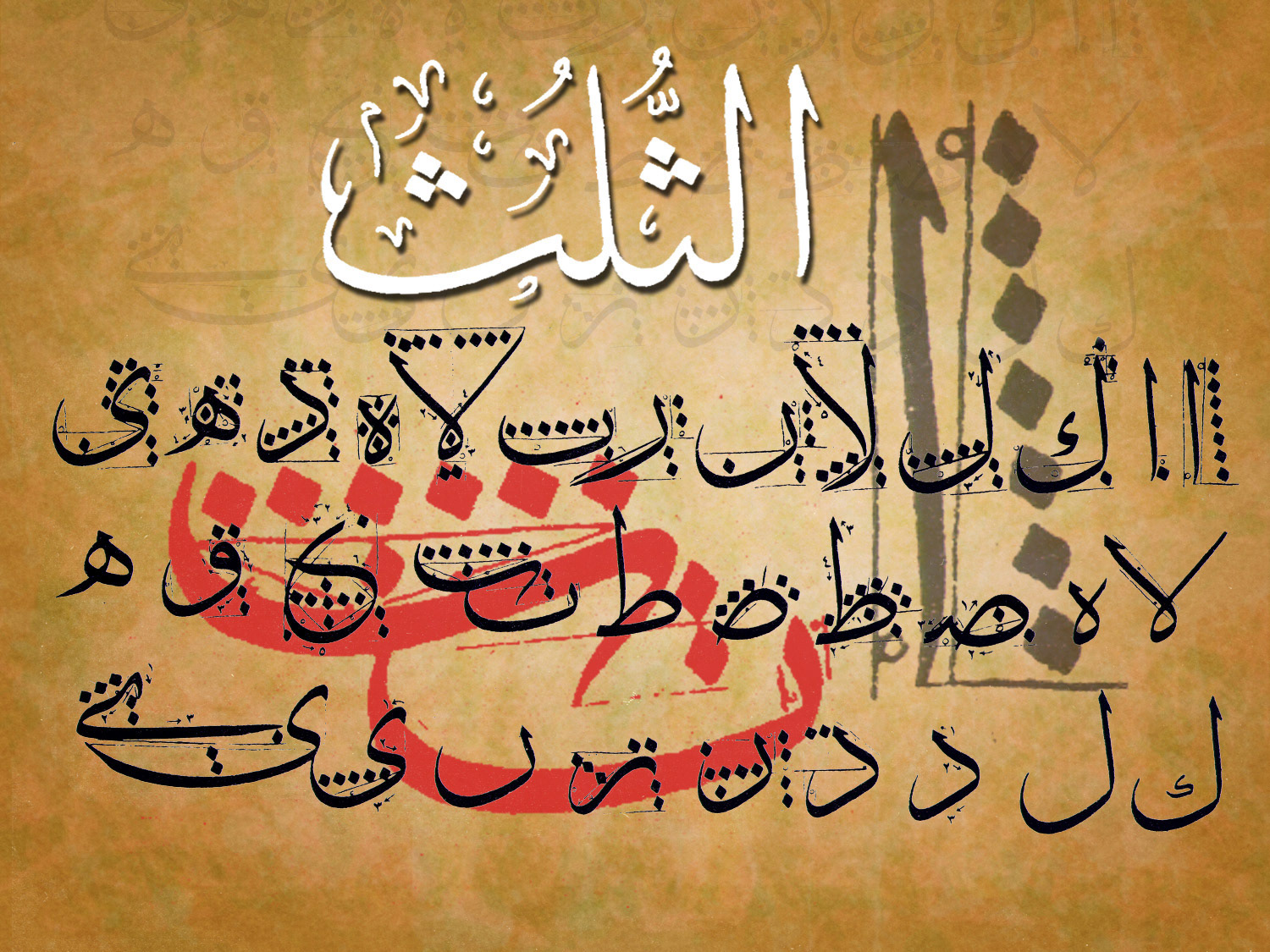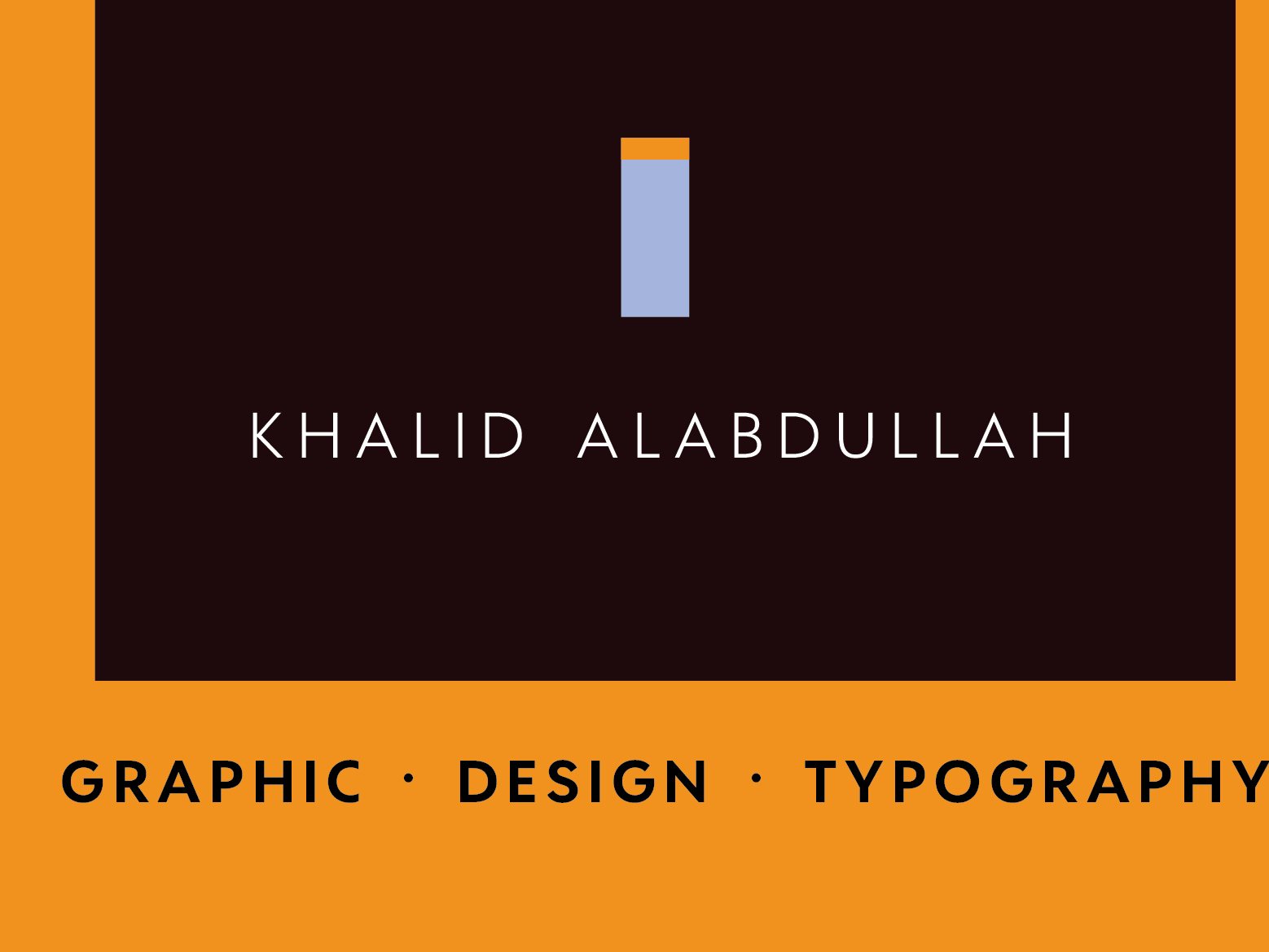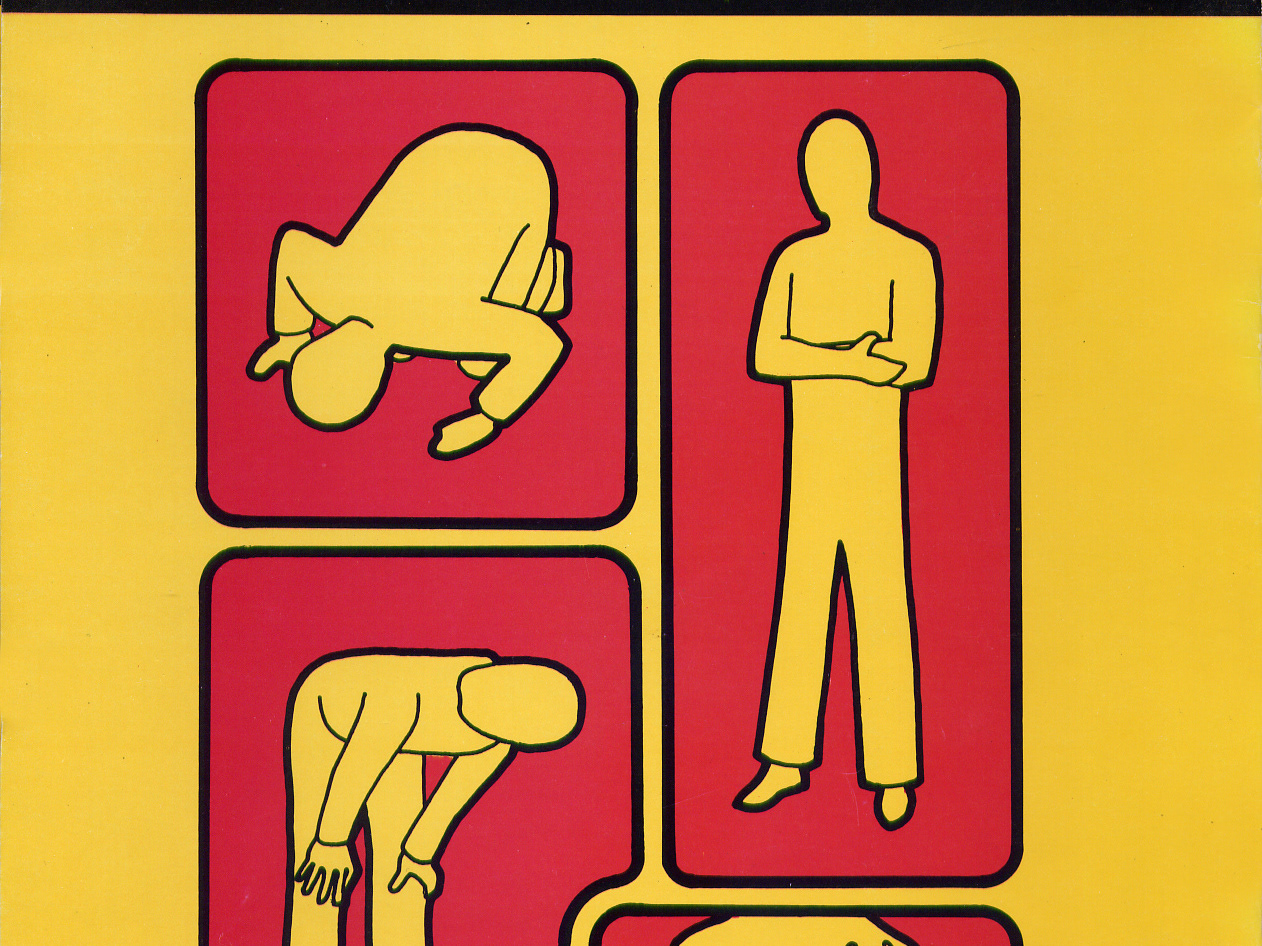Once I mastered the creation of Arabic fonts using Unicode and OpenType technologies, I proceeded to write a tutorial manual and share my knowledge with the young designers who need to create fonts that suit their work. The manual complemented the video tutorials I made in three parts that cover the whole range of font creation. However, aside from the actual design of the letter forms, my focus was on the font-making technology using the FontCreator tool that worked on the more accessible Windows platform.
Typography technologies have always been held within closed circuits. When typography was adopted in the Arabic script cultures, its knowledge and tools were guarded by the companies that brought the technology in. However, with the wider availability of the tools and the knowledge following the digital revolution, little of it was found in Arabic at the disposal of those who actually used the script. My contribution focused on bridging this gap and with the compendium of the videos and the manuals I have helped the young designers who had font projects in mind but did not have the means to implement them.
In the lines of the first manual that I prepared earlier, I used a modern low-contrast font for the body of the text. For the titles, I used my own design that was shared with the other material of the tutorial. The content itself was written to complement the spoken instructions in the videos and to complete the details that did not fit in the spoken narrative.









